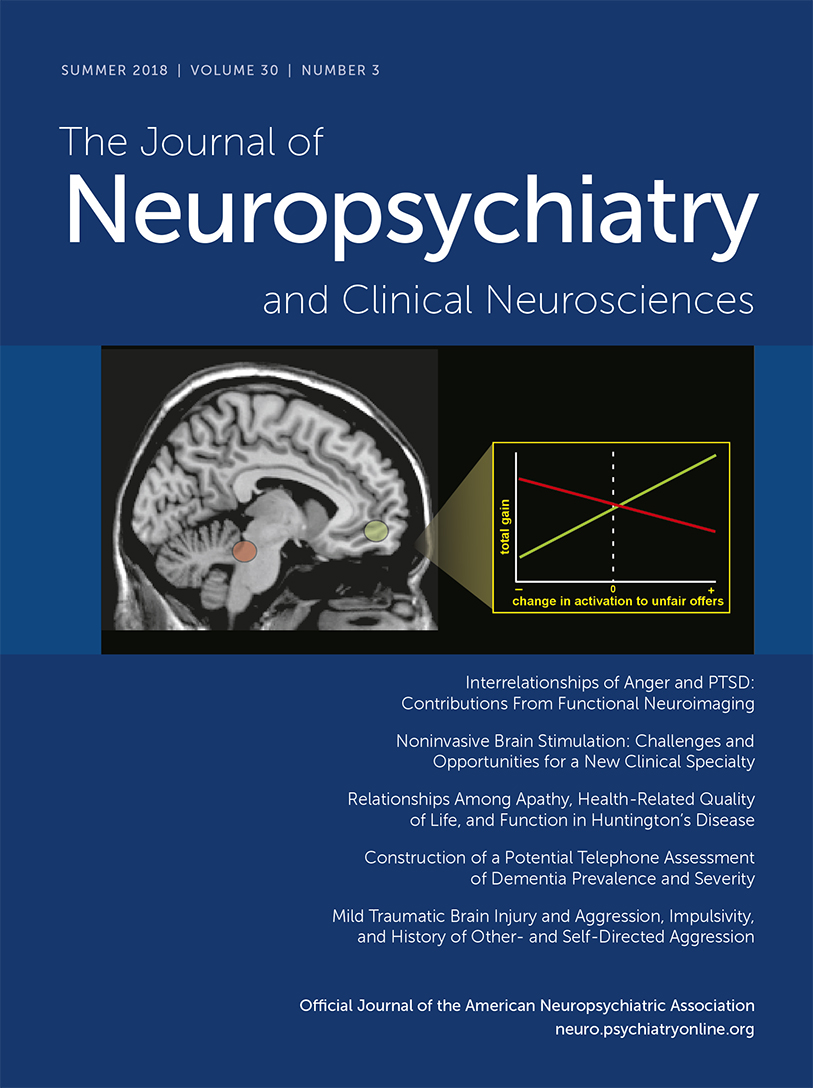Neuroanatomical Correlates of Impulsive Action in Excoriation (Skin-Picking) Disorder
Abstract
Excoriation (skin-picking) disorder (SPD) has similarities to obsessive-compulsive disorder (OCD) and is included within the obsessive-compulsive and related disorders (OCRD) diagnostic class in DSM-5. Separate neuroimaging and neurocognitive studies suggest that people affected by SPD find it difficult to inhibit dominant motor responses due to a failure of “top-down” control mechanisms. No study has examined the neural correlates of SPD in participants with varying degrees of impulsive motor behavior. This study correlated cortical thickness and volumes of selected subcortical structures with stop-signal task performance in participants with SPD (N=15) and in healthy control subjects (N=8). All participants were free from current psychiatric comorbidity, including OCD. In volunteers with SPD, longer stop-signal reaction times were correlated with cortical thinning in the right insula and right-inferior parietal lobe and with increased cortical thickness in the left-lateral occipital lobe, though these findings did not withstand correction for multiple comparisons. There were no significant correlations between cortical thickness in these three structures and stop-signal reaction times in the control group. This study suggests that structural abnormalities in the insular cortex and parietal and occipital regions may play a role in the pathophysiology of SPD. Further neuroimaging research is needed to understand the neurobiology of SPD and its relationship with other putative OCRDs.



